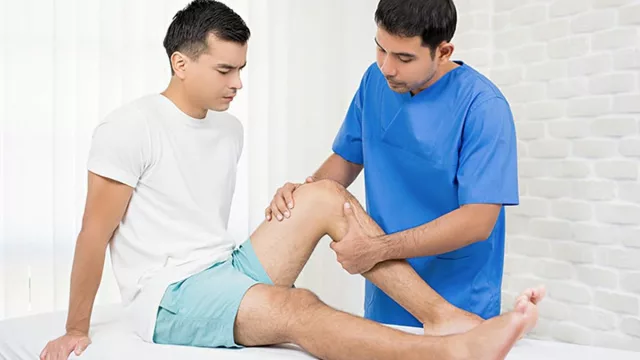Motion Sickness Relief: Easy Tips & Remedies
If you’ve ever felt queasy on a bus, plane, or boat, you know how miserable it can get. Motion sickness isn’t magic – it’s just your brain getting confused by mixed signals from the eyes and inner ear. The good news? You can stop the wobble before it turns into full‑blown nausea.
Quick Everyday Hacks
First, sit where you feel the least motion. On a car, that’s the front seat; on a plane, aim for a window near the wing; on a boat, stay mid‑deck. Looking at a steady point outside – like the horizon – helps your brain match what it sees with what your ear feels.
Fresh air does wonders. Crack a window, use the vent, or step onto the deck if you’re on a ship. A cool breeze tells your body that everything’s okay.
Eat light before you travel. Heavy meals make stomachs churn faster. A small snack of crackers or plain toast can keep your blood sugar steady without overloading digestion.
Ginger is a natural anti‑nausea champion. Chew on a few slices, sip ginger tea, or pop a gummy with real ginger extract. Many people swear by it, and the taste isn’t too strong.
If you’re prone to motion sickness, consider acupressure wrist bands. They press on the P6 point (about two finger widths below the wrist) and can cut down nausea for some folks.
When to Use Medication
Over‑the‑counter options work fast for most people. Dimenhydrinate (Dramamine) or meclizine (Bonine) are common choices. Take them about an hour before you start moving – that’s when they hit peak effectiveness.
If OTC meds don’t help, talk to a pharmacist or doctor about prescription options like scopolamine patches. The patch sticks behind your ear and releases medicine slowly over three days. It’s handy for long trips but can cause dry mouth, so keep water nearby.
Don’t forget antihistamines used for allergies – they also calm the inner‑ear signals that trigger motion sickness. Just watch out for drowsiness; you might want to schedule them when you can rest.
For those who prefer a non‑drug route, try the “controlled breathing” trick: inhale through your nose for four seconds, hold two seconds, exhale slowly for six. Repeating this calms the nervous system and reduces queasy feelings.
Stay hydrated but avoid sugary drinks or alcohol. Water keeps your body balanced; caffeine can worsen dehydration, making nausea worse.
Finally, plan breaks if you’re on a road trip. Stop every couple of hours, stretch, and get some fresh air. Even short pauses reset the motion signals to your brain.
Motion sickness is annoying, but with these simple steps you can keep it in check. Try one tip at a time, see what works for you, and enjoy the ride without the upset stomach.
How to make flying more comfortable for motion sickness sufferers
As someone who experiences motion sickness during flights, I understand how crucial it is to make flying more comfortable. To ensure a smoother experience, it's essential to choose a seat over the wings, as it's the most stable part of the plane. Additionally, staying hydrated, chewing gum or eating ginger candies can help alleviate nausea. Using distractions like music or deep breathing exercises can also help keep your mind off the discomfort. Lastly, don't hesitate to talk to the flight attendants about your concerns, as they can offer valuable advice and assistance.
About
Health and Wellness
Latest Posts


How Ibandronate Sodium Can Help Improve Quality of Life for Osteoporosis Patients
By Orion Kingsworth Apr 30, 2023

Why You Must Tell Your Doctor About Every Supplement and Herbal Remedy You Take
By Orion Kingsworth Dec 1, 2025

10 Alternatives to Losartan: A Straightforward Guide to Hypertension Options
By Orion Kingsworth Apr 15, 2025

